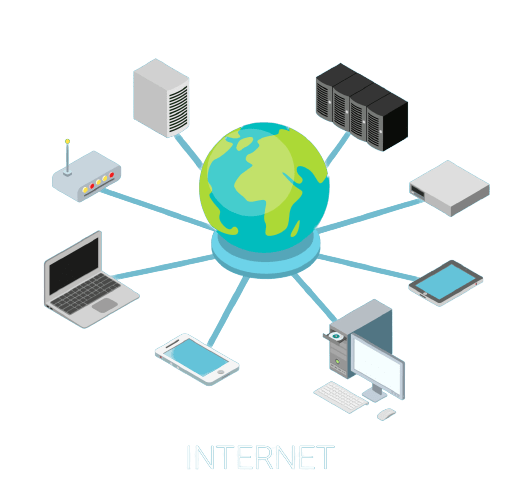The Internet is an extensive global network of computers and servers, providing a means for people to communicate and access information from all corners of the world.
But did you know that there is not just one internet?
In fact, there are multiple internets, each with its unique characteristics and functions.
⚡ Check also ➡️ 167+ Internet Statistics, Trends, and Facts [Mobile Included]
The Physical Infrastructure of the Internet
The physical infrastructure of the Internet consists of data centers and servers that store and process data, as well as fiber optic cables and satellite networks that transmit data from one location to another.
These physical components are connected through Internet Service Providers (ISPs), which provide the connection to the internet for individuals and organizations.
Physical Components of the Internet
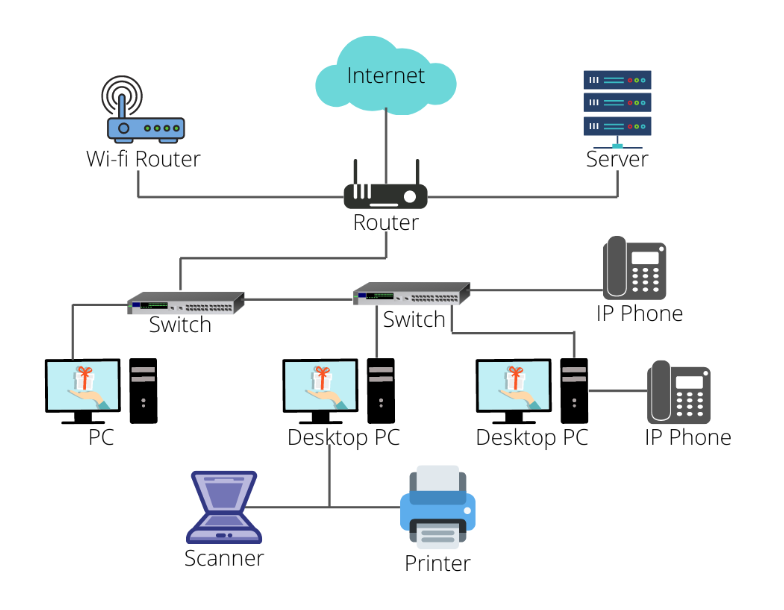
The Virtual Infrastructure of the Internet
The virtual infrastructure of the Internet includes the Domain Name System (DNS), which translates human-readable website names into the numerical IP addresses that computers use to communicate with each other.
The World Wide Web, which is the collection of websites, numerous online businesses, and documents that can be accessed via the internet, is also a part of the virtual infrastructure. Here’s the step-by-step process of how a virtual network works via DNS:
Types of Internets
The internet can be broadly divided into three main types:
- The public internet
- Private internets (also called corporate or enterprise networks)
- Darknets
1.The Public Internet
The public internet is the most commonly used type, providing access to a vast multitude of websites and services such as email, online shopping, and social media.
2. Private Internets
Private internets are more secure networks that are built and maintained by organizations to provide access to their internal services.
⚡Fun Fact ➡️ The word “internet” with a small “i” is actually the abbreviated version of the term “interconnected network“.
Comparison of Public and Private Networks
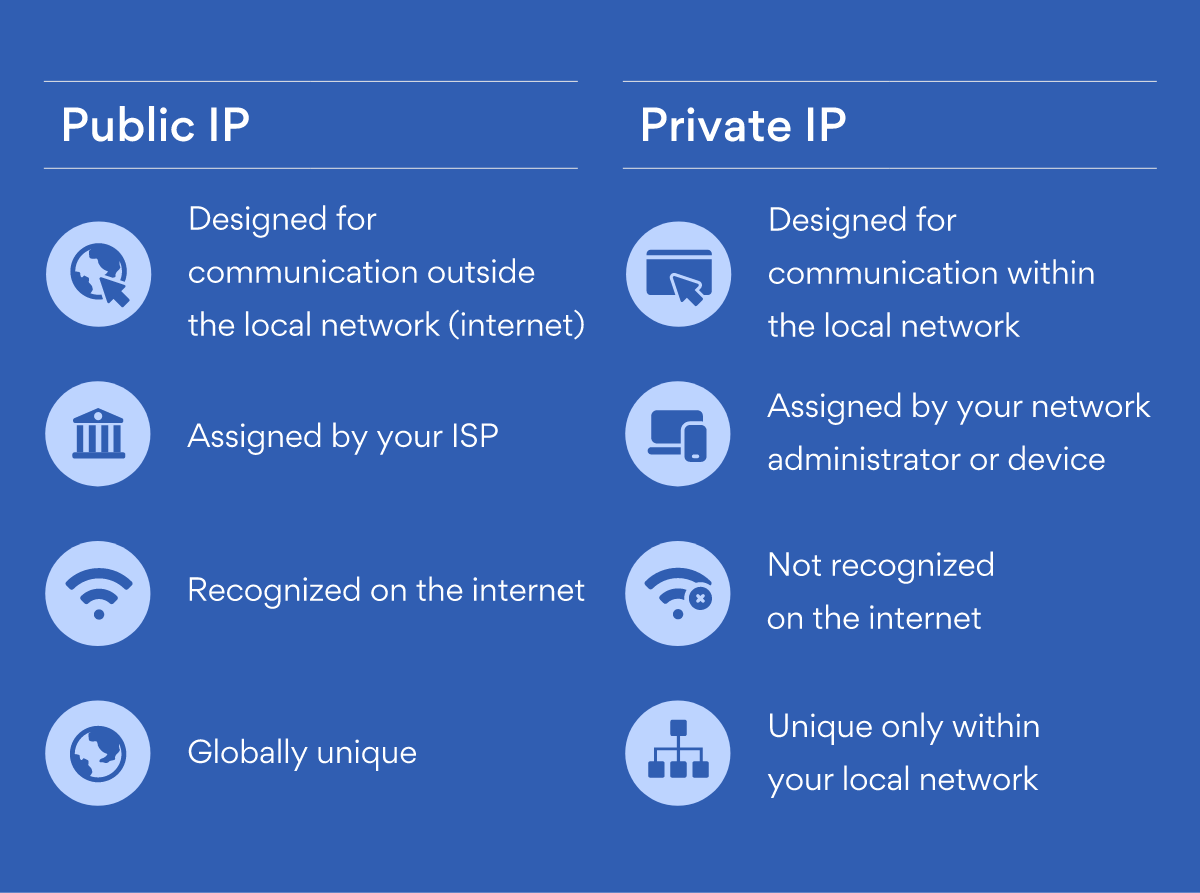
3. Darknets
Darknets (also referred to as the dark web), on the other hand, are used for anonymous communication and accessing content that is not available on the public internet.
Often mistakenly confused with the deep web, the dark web represents the deepest layer of the Internet, making up 5-6% of the entire Web according to many estimates.
Dark Web as Part of the Web
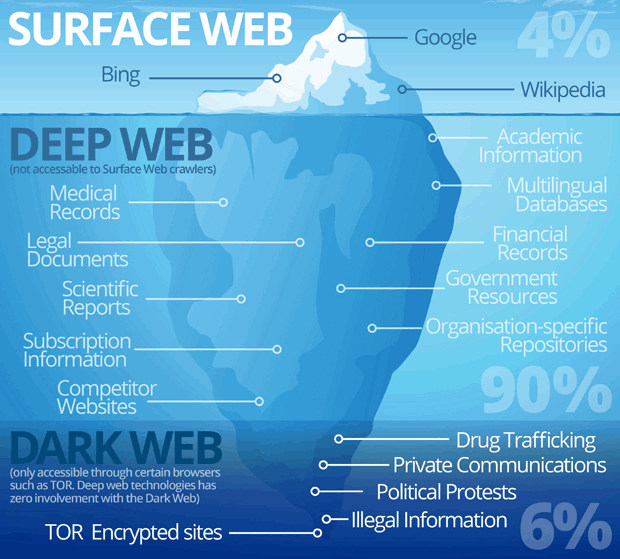
Other Popular Types
Web3-Based Internet
Web 3.0 is used to describe the development of an open, decentralized internet built on the foundation of blockchain technology.
Web3 promises to be an upgrade to the existing web protocol that will enable people to interact with each other in ways not possible before, such as trading digital assets peer-to-peer (cryptonetworks and NFT trading platforms) and coding autonomous programs (or smart contracts).
With its unparalleled security and efficiency, Web3 is set to revolutionize how we use the Internet.
Key Features of Web 3.0
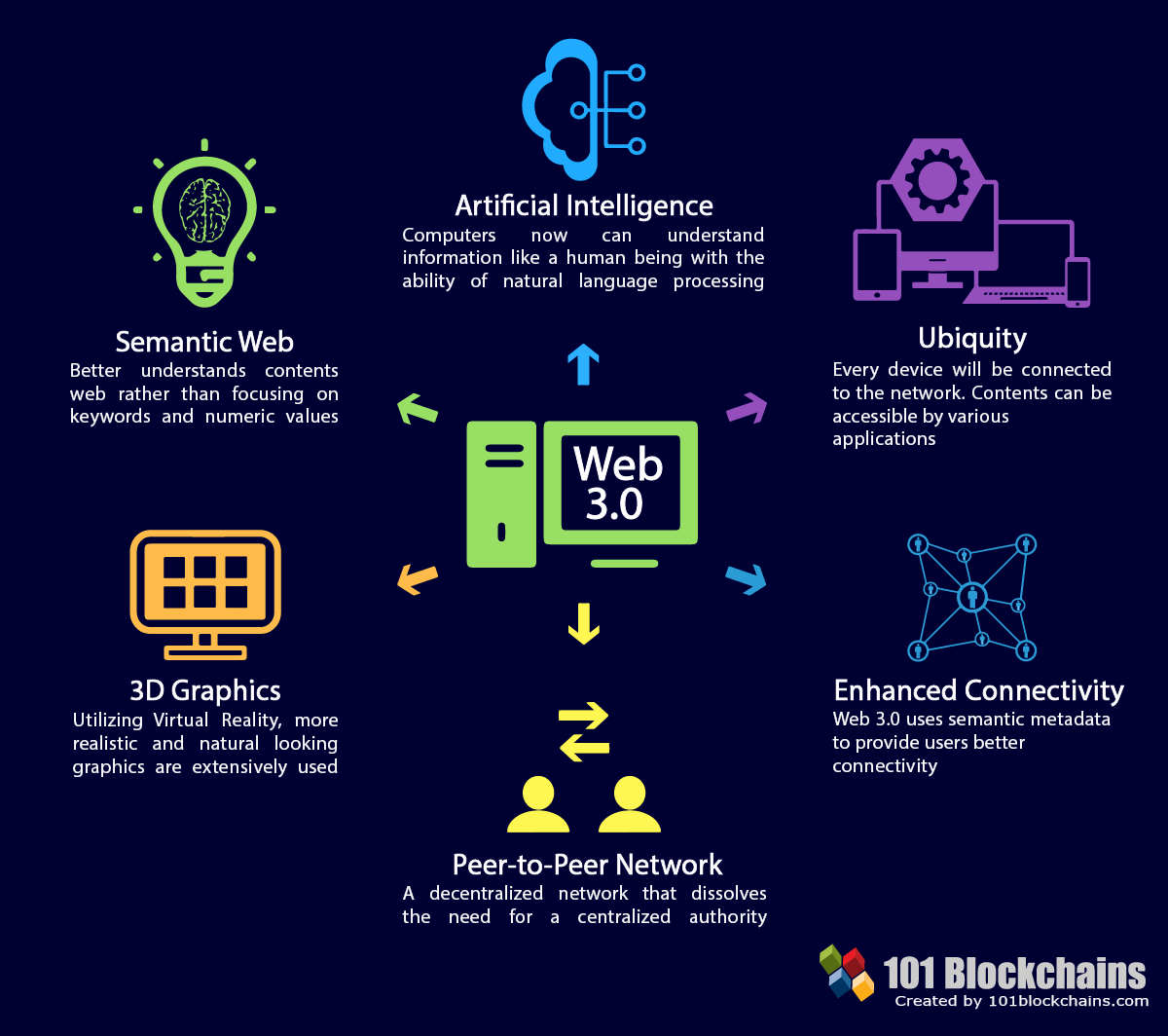
Internet of Things (IoT)
Internet of Things (IoT) describes an ecosystem of connected digital devices, such as sensors, wearables, and smart home appliances, which are able to communicate with each other and share data over the internet.
Examples include fitness trackers that monitor our health or automated energy systems that regulate temperatures in buildings.
IoT has the potential to change the way we interact with the world around us.
Virtual Private Networks
A virtual private network (VPN) is a type of a private network that is designed to provide secure access to the public internet.
How a VPN Works
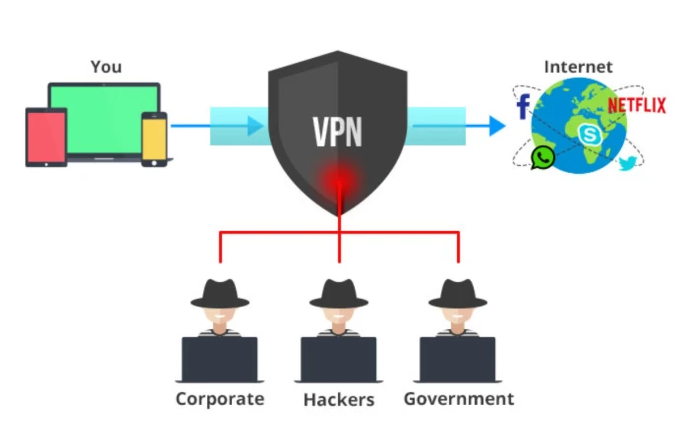
Concerns about data privacy and security along with access to blocked content have led to the popularity of VPN services among the ever-increasing number of internet users.
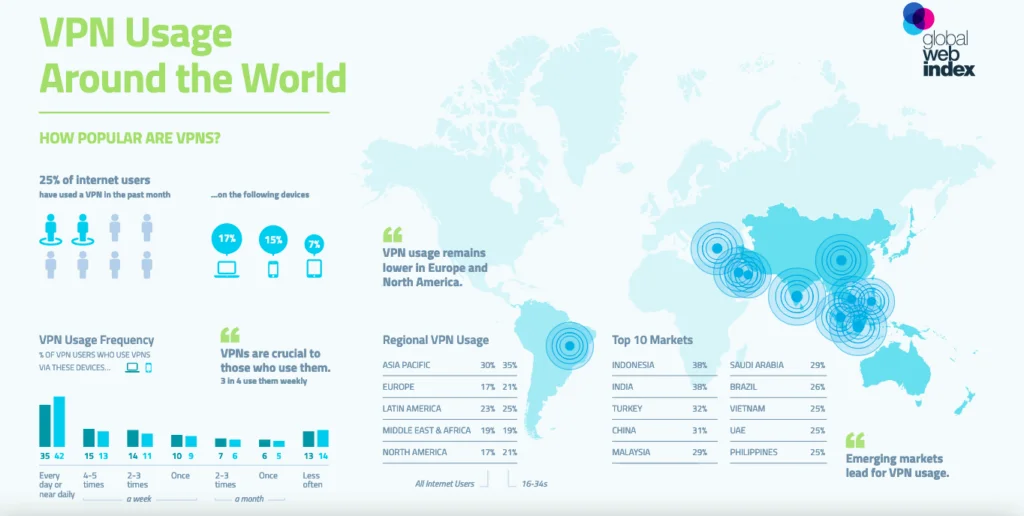
The Concept of Splinternets
In recent years, there has been a trend towards the fragmentation of the original internet into smaller, isolated networks known as splinternets.
This is being driven by various technological and other factors, such as the rise of digital services, the fragmentation of national markets, and the emergence of new technologies such as blockchain.
The concept of Splinternets is a relatively new phenomenon and one that has been gaining traction in the world of digital technology. A Splinternet (also known as Cyberbalkanization) is essentially an isolated online environment that is separate from the public internet.
These networks are usually created by organizations to provide access to private services or content that isn’t available on the public internet.
The Great Wall of China needs no introduction. But wait, there’s more to the topic of great walls in China!
One of the present-day examples of a Splinternet is the Great Firewall of China, which blocks access to many globally popular websites and online content.🚫
The Concept of Intranets and Extranets
Intranets and extranets are closely related to Splinternets, as they are both private networks that are built and maintained by organizations.
However, while intranets and extranets are typically limited in scope, splinternets can be much more expansive and have the potential to encompass large segments of the internet.
Difference Between Intranets and Extranets
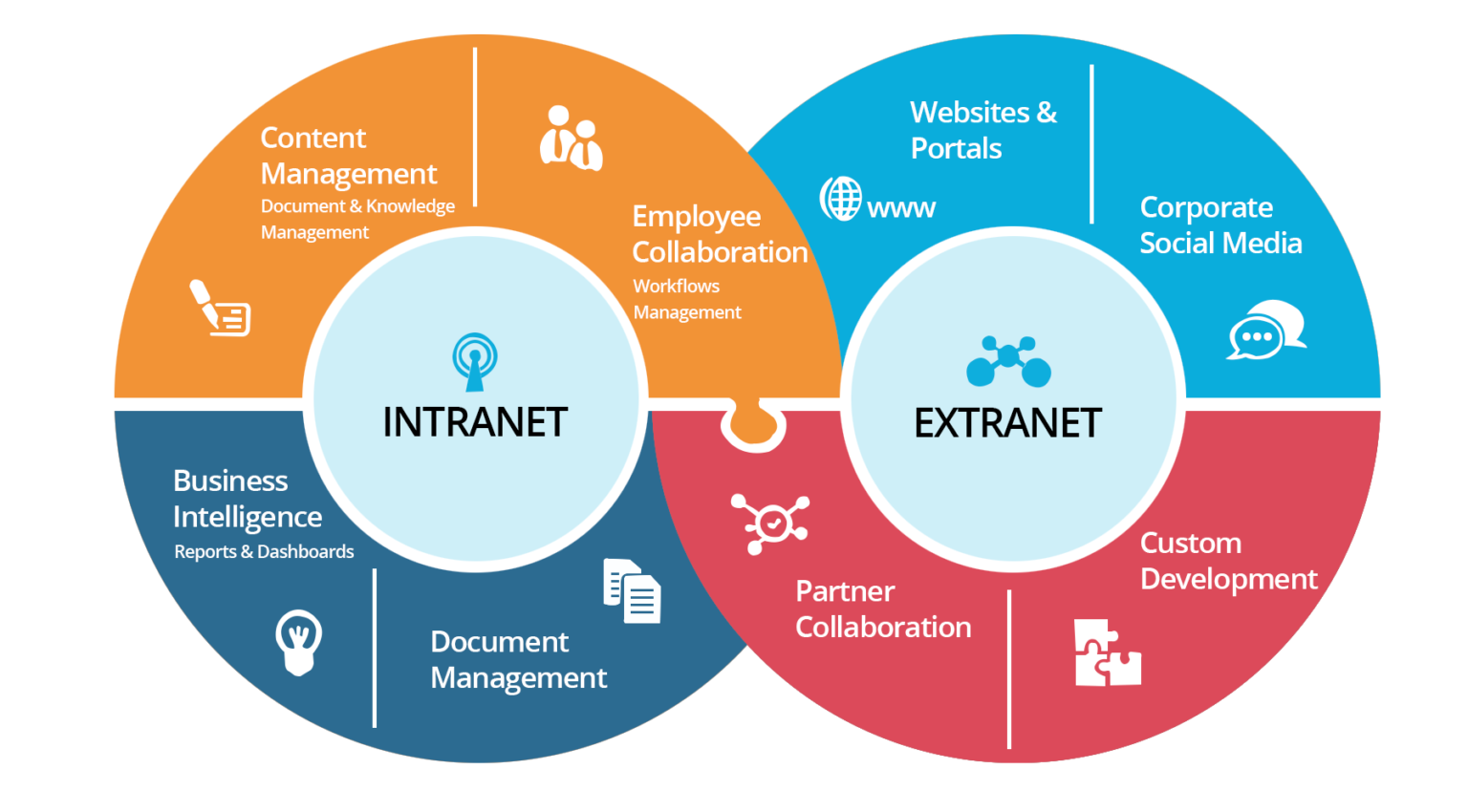
The Internet is a complex and constantly evolving entity, with many different versions and layers. The exact number of networks that make up the global Internet is difficult to determine, but there are likely hundreds of thousands of separate internets across the world.
As technology continues to advance, the fragmentation of the internet into smaller, isolated networks is likely to increase, leading to an even greater number of internets.
Conclusion
The internet is a complex and constantly evolving entity. There are multiple versions and layers of the internet, with estimates suggesting hundreds of thousands of separate internets worldwide.
The concept of Splinternets has gained increasing momentum in recent years, with organizations creating isolated networks to provide access to private services and content.
The exact number of internets is difficult to determine, but it is likely that there are many different virtual infrastructures. As technology advances and the internet continues to evolve, the exact number of internets will become even more challenging to determine.
Ultimately, the internet is a complex and constantly changing entity, making it difficult to give an exact figure of the number of internets.
However, it can be said with certainty that there are indeed multiple versions and layers of the Internet.
⬇️ Further Reading:

